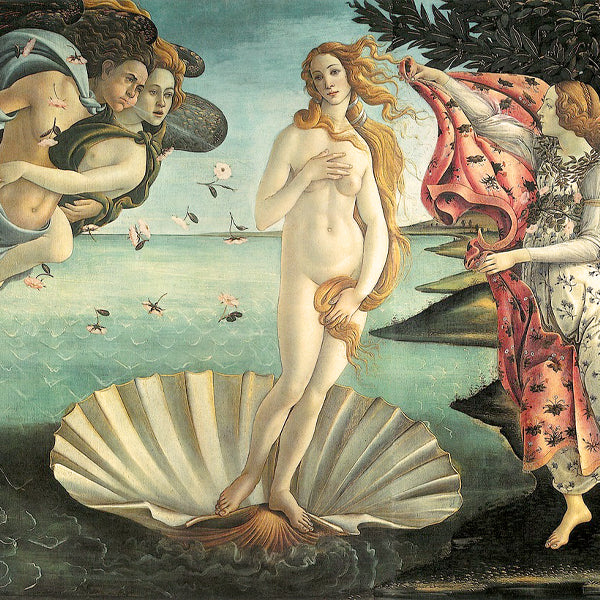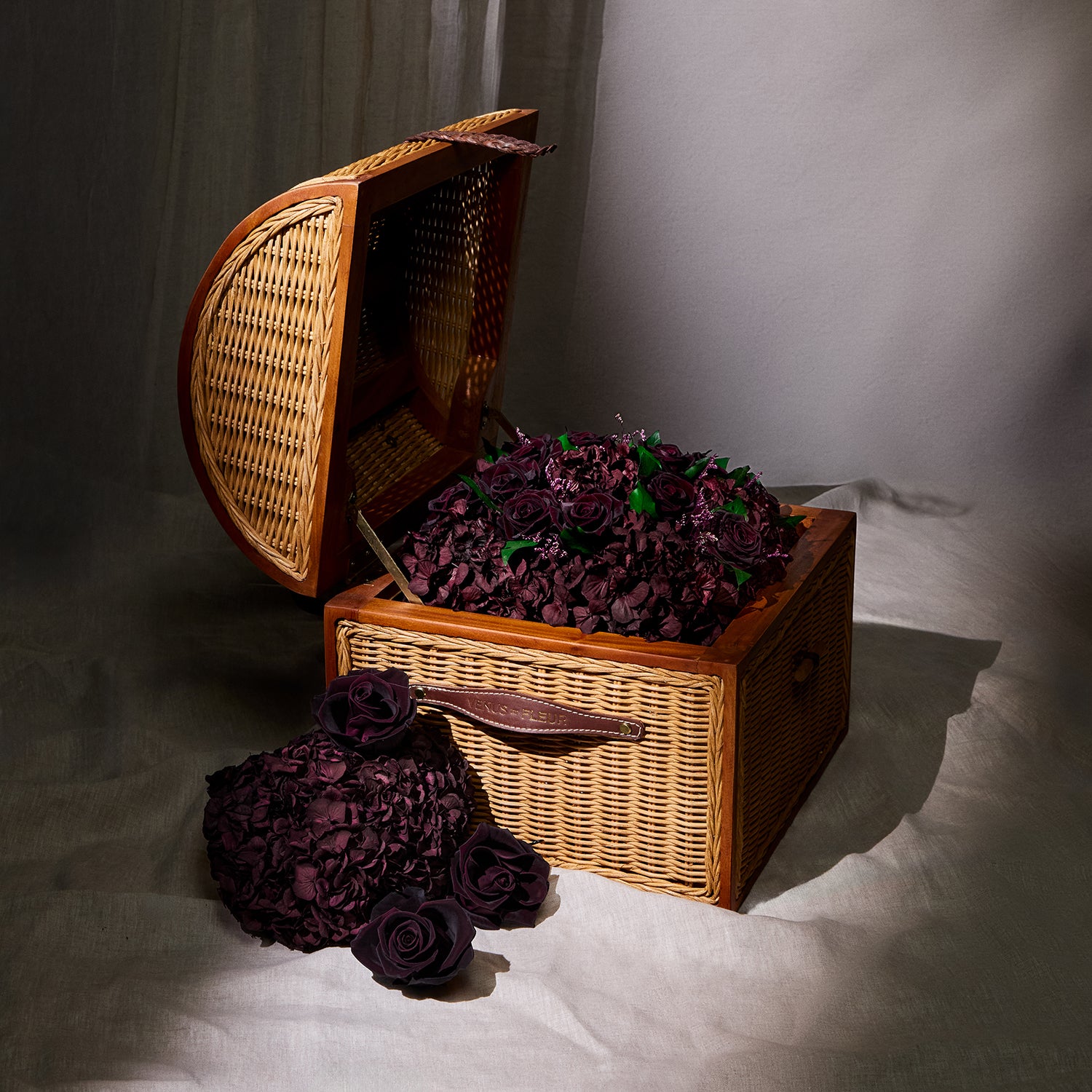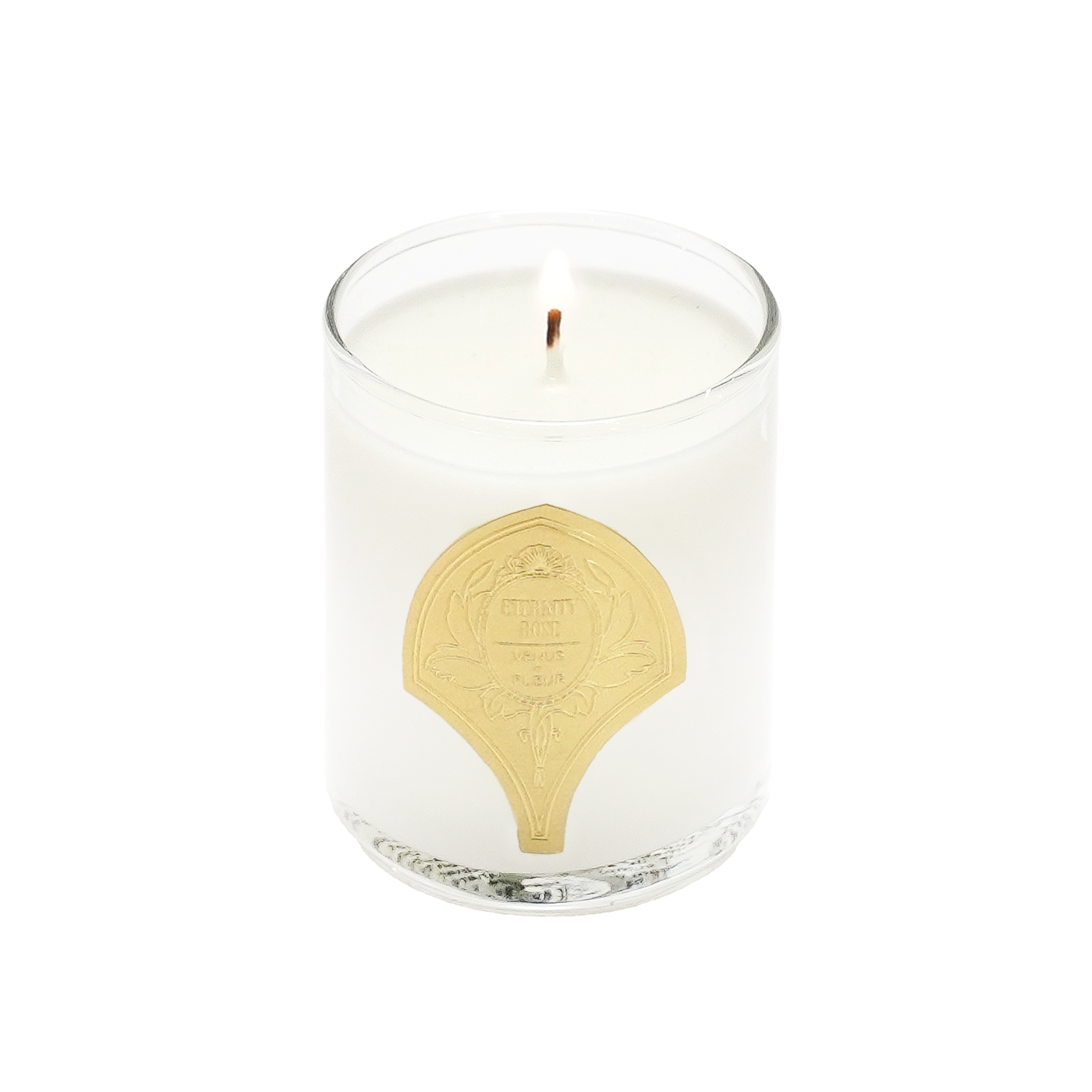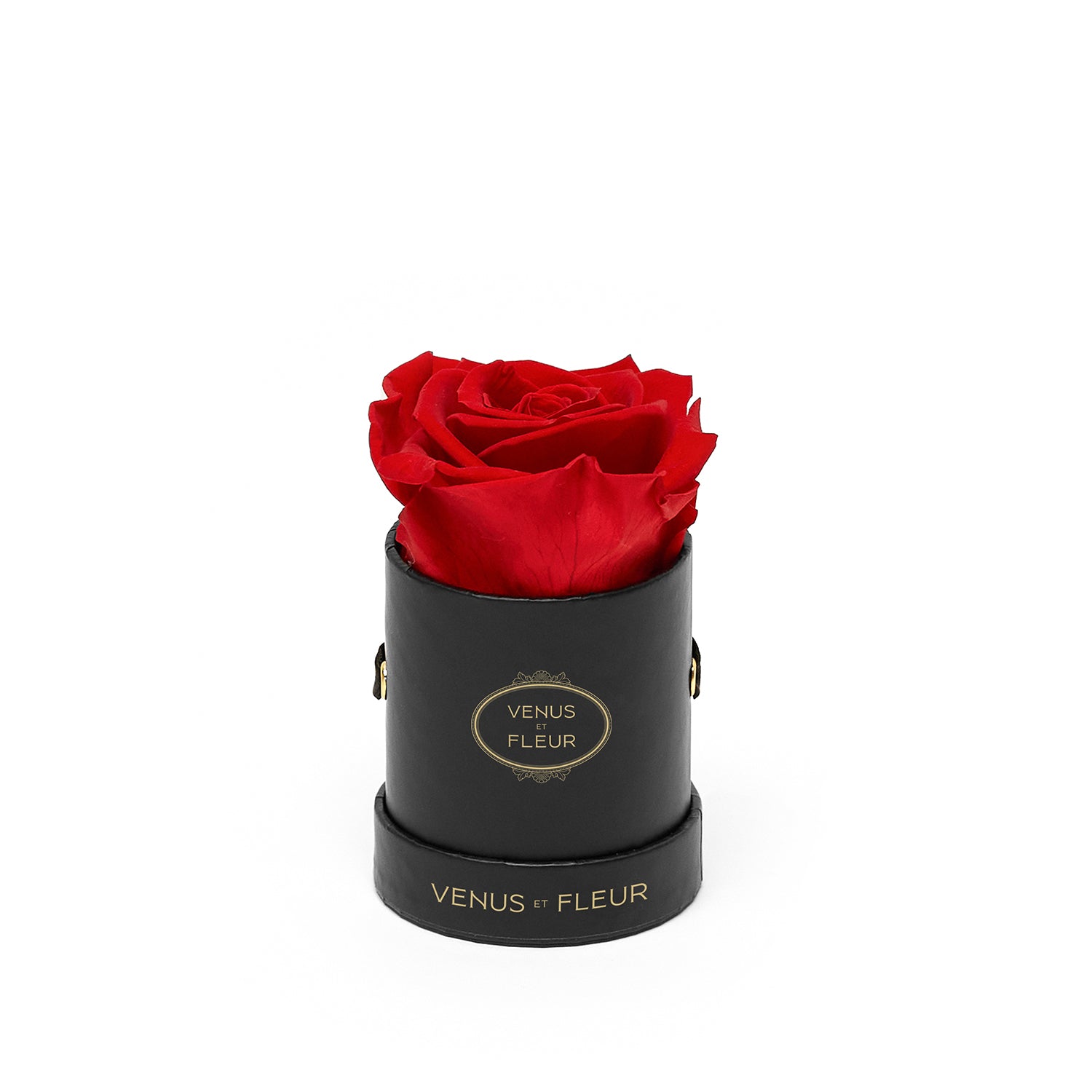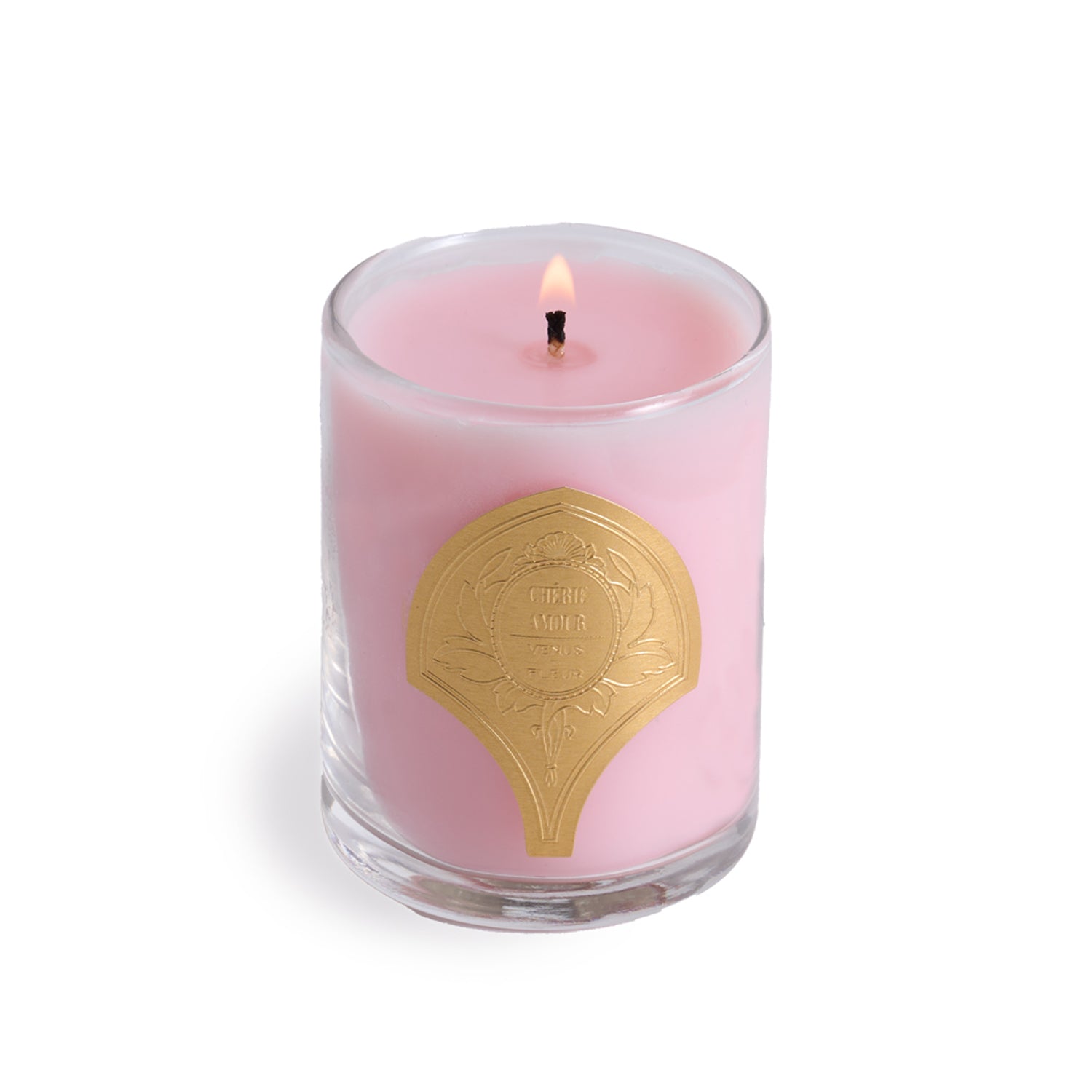
6 Famous Couples in History
Love is a powerful emotion. We at Venus ET Fleur® will take any opportunity to celebrate its power and impact on the world—from Valentine’s Day to every other day. And this year, we wish to ring another glorious summer in by celebrating love in all its forms. What better way to do this than to take a cursory look at some of the most magnetic and tempestuous romances across the weave of human history?
Throughout history, great and famous couples have, through the intensity of their love, caused wars and controversy; they have created masterpieces in literature, music, and art and have captured the hearts of the masses with the unforgettable power of their bonds. From the fantastical romance of Cleopatra and Marc Antony to the violent yet admirable spunk of Bonnie and Clyde, these love affairs stand as gleaming markers to all civilization.
Bold words, perhaps, but we have no doubt that you will swoon over these love stories from across the millennia. Some of the details may surprise you, and we hope you learn something new from this brief romantic history.
Cleopatra and Marc Antony
Possibly the most famous romance of all time, the story of Marcus Antonius and the last pharaoh, Cleopatra VII, has been told for over 2,000 years. First, it was told by the Greek historian Plutarch in the second century AD, and then perhaps most famously by poet and playwright Shakespeare in his immortal theatrical adaptation, which bewitched London playgoers circa 1607.
Has there ever been such a perfectly juicy love story since? The full tale of their romance has everything your wildest fancy could dream up—passion, infidelity, political intrigue, and, of course, murder. The full details of their affair would be much too convoluted to explain even if we spent this entire article on it, but we shall summarize thusly:
Cleopatra had an affair with Julius Caesar a few years before his murder. It was brief, but long enough to produce an illegitimate son named Caesarion. This induced political and personal jealousy in Caesar’s adopted son and appointed successor, Octavian (later Augustus), who feared Cleopatra would use her son as a claim to the throne of the Roman Empire.
In 41 BC, Marc Antony was openly chafing against Octavian’s authority following the murder of Caesar, and so began both a political and romantic alliance with Cleopatra, who in her reign as queen of Egypt had acquired enormous power and a lethal reputation. Despite the pragmatic beginnings of their affair, by all accounts, it turned into a madly passionate romance. Cleopatra bore Antony three children: two sons and a daughter.
During this time, Antony married a Greek noblewoman for political reasons—while Cleopatra was pregnant with one of his children! She must have forgiven him, however, because in 31 BC, Antony and Cleopatra joined their armies to engage Octavian’s forces in a huge sea battle at Actium, Greece. After a devastating defeat, the couple fled to Egypt under hot pursuit from Octavian’s forces.
Loss followed loss, and after a wave of defeats and desertions by his troops, Mark Antony took his own life. When Cleopatra was captured shortly after by Octavian, he offered her a pardon and the full retention of her wealth on one condition: that she be led in triumph—paraded publicly around the streets of Rome as a prisoner of war. She refused. And, on the 12th of August 30 BC, she committed suicide by cobra bite.
So, to conclude: if you ever think your love life is messy, consider the 11-year romance of Antony and Cleopatra.
Heloise and Abelard
In the 12th century, Abelard, a respected academic and philosopher, was tutor to the bright, young Heloise, who lived with her wealthy uncle outside Paris. In a tale as old as time itself, they fall in love and begin a secret affair.
When Heloise predictably becomes pregnant, the lovers flee into the city, but are deceived into coming out of hiding by Heloise’s uncle, and subsequently captured by his hired goons. These same goons castrate poor Abelard, and Heloise is forced to give up her baby and enter a nunnery. Abelard also takes a holy vow, becoming a monk.
Despite this horrific turn, the two went on to exchange letters for the rest of their lives, in which the fire of their passion still burns with amorous intensity. Decades after their parting, they met one last time in Paris by pure chance, and declared immortal love for one another, in life and after death. For this reason, despite all the trauma, the story of Abelard and Heloise has one of the happiest endings of all ancient love stories.
Bonnie and Clyde
The quintessential example of “partners in crime,” Clyde Barrow and Bonnie Parker became folk heroes of 1930’s America with their string of robberies and shoot-outs before they were inevitably caught and gunned gratuitously to death by the authorities on the road in Bienville Parish, Louisiana.
Some critics insist that we avoid romanticizing these lethal lovers too much, as their gang did kill quite a few people. However, the reason Bonnie and Clyde were celebrated by the American public had less to do with their gunslinging and bank heist skills and more to do with the fact that they regularly burned documents of debt and foreclosure, which banks used to disproperty and impoverish the American farming class.
Regardless, the story of these deadly and beautiful young lovers on the lam has continued to inspire films, TV shows, and songs nearly a century later.
Achilles and Patroclus
The most historically distant, and therefore most speculative, romance on this list is that of Achilles and Patroclus, Greek soldiers who fought together in the Trojan War sometime around the 11th or 12th century BC. The only source for their relationship is Homer’s Iliad, which depicts them as exceedingly close in a time when romantic relationships between men were considered quite normal, particularly during wartime.
Homer does not explicitly portray the two as lovers, though, tellingly, it is Patroclus’ death that spurs Achilles to rejoin the battle (which he had been abstaining from for months). According to legend, he then dons Patroclus’ armor and kills Hector, the champion of Troy.
Plenty of critics argue over the interpretation of Achilles and Patroclus as romantic partners. Some take it for granted that they were, while others insist that this is simply a “modern” reading of this classic tale. However, writers as far back as Shakespeare in the 17th century and Aeschylus in the 5th BC have depicted these two quite explicitly as lovers. We encourage the reader to draw their own conclusions.
Emily Dickinson and Susan Gilbert
Arguably the most famous American poet, Emily Dickinson published virtually none of her works during her lifetime. Her sister Lavinia, after her death, discovered over 40 notebooks worth of material and devoted her life to its publication.
Interestingly, Lavinia and the other poets who edited these works chose to scrub from these poems the name of Sue, to whom a number of declarations of passionate love were written. These poems were either entirely destroyed, or rewritten to be vaguer, so that the reader could assume they were written about a man.
The Sue in question is Susan Gilbert, the wife of Dickinson’s brother Austin. Gilbert and Dickinson were childhood friends, and while not a “couple” per se, they shared a long and passionately romantic correspondence until Dickinson’s death in 1886.
Napoleon Bonaparte and Empress Joséphine
An all-time power couple, Napoleon and Joséphine met early in the former’s military career. Napoleon was six years her junior (Joséphine’s first husband was guillotined in the French Revolution). Their honeymoon period was intensely passionate; a young Napoleon would write to her, “I awake full of you. Your image and the memory of last night’s intoxicating pleasures has left no rest to my senses.”
However, the flame of this ardor was quickly blunted by Napoleon’s never-ending foreign conquests. Joséphine soon began an affair with a handsome young lieutenant. The well-informed general soon got wind of the business and began his own indiscretions.
Despite their mutual infidelities and eventual divorce, Napoleon insisted that Joséphine retain the title of Empress, due to both her popularity and tremendous competence with state initiatives—the most famous of these being her fabulous garden at Malmaison, which was the most sophisticated and innovative flower garden in all of Europe at the time. Empress Joséphine’s personal love for the rose led to her commissioning a number of new cross-breeds, and by 1813 the garden boasted over 200 species of rose.
Joséphine’s efforts at Malmaison are greatly responsible for the continued popularity of the rose today. Due in no small part to her labors, Venus ET Fleur is able to offer our splendid Eternity® roses, which last for a full year given the proper care. We have no doubt she would be quite pleased with our exquisite Fleura Vase, which boasts two dozen Eternity Roses set in an elegant porcelain vessel.
Final Remarks
While many of these stories may have less-than-ideal endings, the great lovers and power couples of history remind us of the sheer power that true love has to change the course of world events.
Consider this final thought: would we be better or worse off if Antony and Cleopatra had settled down and lived out their lives in a happy Egyptian household? We wonder, dear reader. We wonder.
Sources:
Achilles and Patroclus in Greek Mythology: Friends or Lovers? | HerCulture
Emily Dickinson’s Electric Love Letters to Susan Gilbert | BrainPickings
Cuttings: When Malmaison Celebrated the Rose’s Beauty | New York Times







